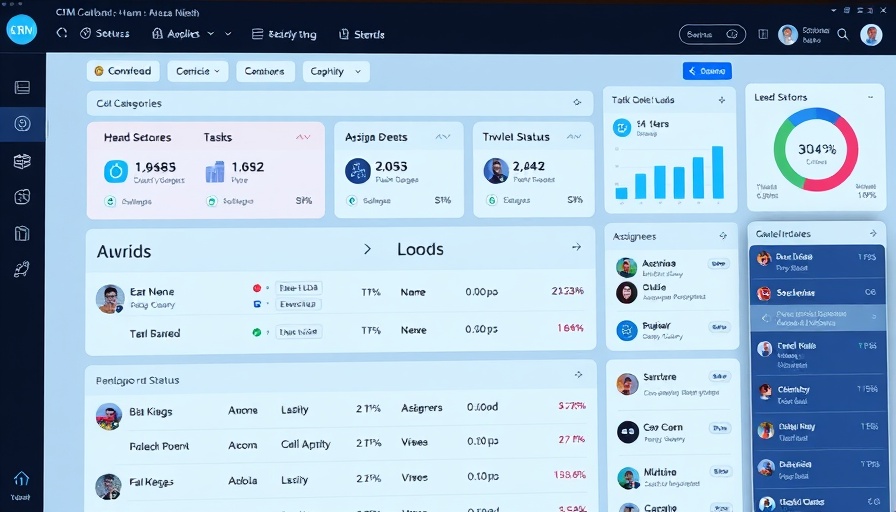
Streamline Your Design Process with Figma Style Guides
In the fast-paced world of business, having a consistent design language is crucial for branding and user experience. For business owners generating between $2M and $10M annually, creating a strong operational infrastructure that includes effective design strategies is paramount. Figma, a powerful design tool, offers an excellent way to develop style guides that can help achieve this consistency.
The Importance of a Figma Style Guide
A Figma style guide serves as a blueprint for your design elements, ensuring that your entire team produces work that adheres to the same visual standards. This is particularly important in product development where misalignment can lead to branding confusion and inefficient workflows.
Collaborative Features for Enhanced Workflow
Utilizing Figma for your style guide promotes collaboration among teams. Its cloud-based platform allows multiple users to access and edit designs simultaneously. This is a game-changer for businesses looking to streamline their project management processes and enhance communication. With team members on the same page, project timelines shorten, and product development cycles become more efficient.
Actionable Tips for Implementing Figma Style Guides
1. **Establish Clear Objectives**: Before you begin designing, identify what your goals are. Ask questions like, 'What message do we want to communicate?' and 'How does this align with our brand identity?'
2. **Include Essential Components**: Your style guide should contain typography, color schemes, button styles, and any other design elements that are essential to your branding. Figma templates can simplify this process by providing pre-built components that can be customized as necessary.
3. **Document Everything**: Ensure you create documentation that explains how and when to use each design element. This not only helps existing team members but also serves as a guide for new hires.
Future Trends: Figma in Business Operations
As companies increasingly rely on design to enhance user experience, Figma’s role within business operations will continue to grow. Automation tools integrated within Figma can enhance productivity and turn traditional design processes into more agile workflows. The adaptability of Figma to integrate with various project management software can aid in scaling operations seamlessly.
For business owners seeking to enhance their operational infrastructure, investing in Figma style guides can pay dividends. Not only do they provide a structured approach to design, but they also foster a culture of collaboration and consistency within teams. By leveraging design tools like Figma, your business will not only look professional but also project a unified brand identity, aiding in your quest for funding and growth.
Take the first step in enhancing your design process by checking out some free Figma style guide templates online and start implementing them today. Develop the design language your business needs to thrive in today’s competitive market.
 Add Row
Add Row  Add
Add 



Write A Comment